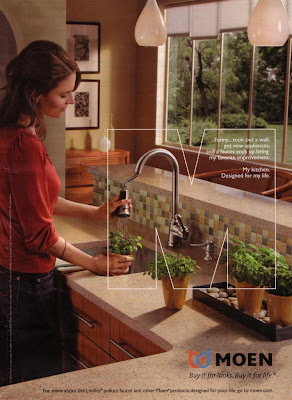Tiger, Barclays and "Fake"
 I watched a bit of The Barclays Golf Tournament this afternoon. I don't catch much golf but I see enough to marvel at Tiger Woods' fandom. Unlike many celebrities who garner attention because they have pretty faces or make a splash on TV, Tiger is the real deal. Crowds stretch and shove and fly thousands of miles because it gets them within touching distance of genuine, unparalleled, talent.
I watched a bit of The Barclays Golf Tournament this afternoon. I don't catch much golf but I see enough to marvel at Tiger Woods' fandom. Unlike many celebrities who garner attention because they have pretty faces or make a splash on TV, Tiger is the real deal. Crowds stretch and shove and fly thousands of miles because it gets them within touching distance of genuine, unparalleled, talent.
And it isn't just the masses who bow. The greats in golf do the same. Here's a Nike commercial from early 2009 demonstrating the point:
During today's tournament, I caught another sign of the real deal. At least, that was the claim. I don't know enough to discern best from better in investment banking, but that's what Barclays - the bank - claimed. Maybe they aren't the best, but I sure liked their TV spot that said so:
From the agency that made "Fake": "Directed by Nicolai Fuglsig, the spot reached number one on AdCritic’s Top 20 and was also featured as the Spot of the Day. Campaign Magazine has also recognized it as the Ad of the Day..."







